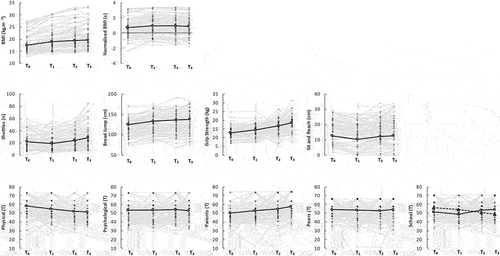Figures & data
Table 1. Timeline of COVID-19 restrictions in place during the study period.
Figure 1. Raw and age- and sex-normalised body mass index (BMI) for each child (light grey line) across each assessment (the cohort mean is indicated by open black circles).
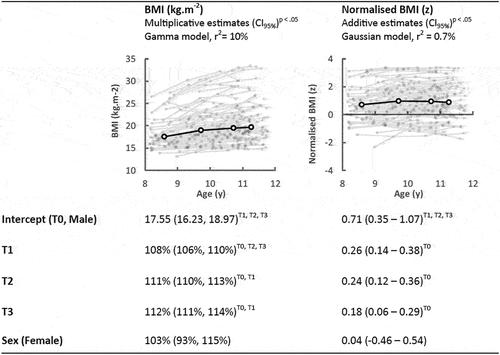
Figure 2. Fitness measures for each child (light grey line) across each assessment (the cohort mean is indicated by open black circles).
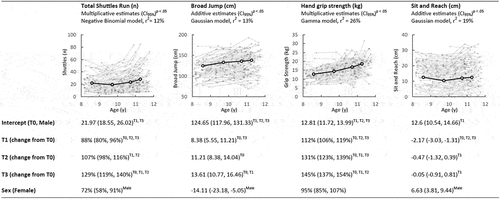
Figure 3. Quintiles for physical fitness showing proportion of children classed as “very high”, “high”, “moderate”, “low” and “very low” fitness level. Data from T0 (October 2019) to T3 (June 2022).
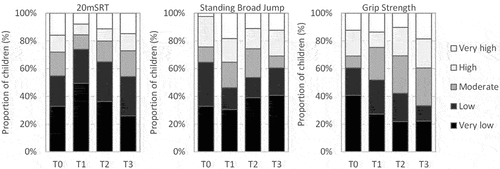
Figure 4. Health-related quality of life (T scores) across five domains for each child (light grey line) across each assessment (the cohort mean is indicated by open black circles).
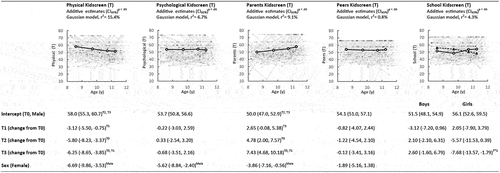
Table 2. Predictors of change in normalised BMI (BMIz) from T1 to T3 (Change = T3 - T1), adjusted r2 = 36.3%.
Figure 5. Associations between baseline (T0) shuttle run performance, increase in shuttle run performance between T0 and T1, and increase in shuttle run performance between T1 and T3.
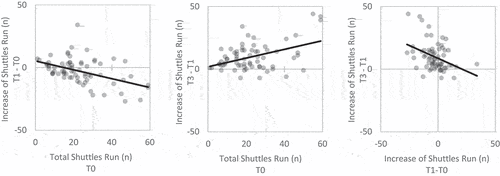
Body mass index (BMI)
Fitness outcomes
Health-related quality of life domains

